Your cart is currently empty!
Plastic Free Oral Care: Your Guide to Eco-Friendly Dental Products
Introduction Every morning and night, millions of people around the world follow the same routine brushing, flossing, and rinsing. What most of us don’t realize is how much plastic waste this simple routine generates. From disposable toothbrushes to toothpaste tubes, our daily oral care products contribute massively to landfills and ocean pollution. Switching to plastic-free…
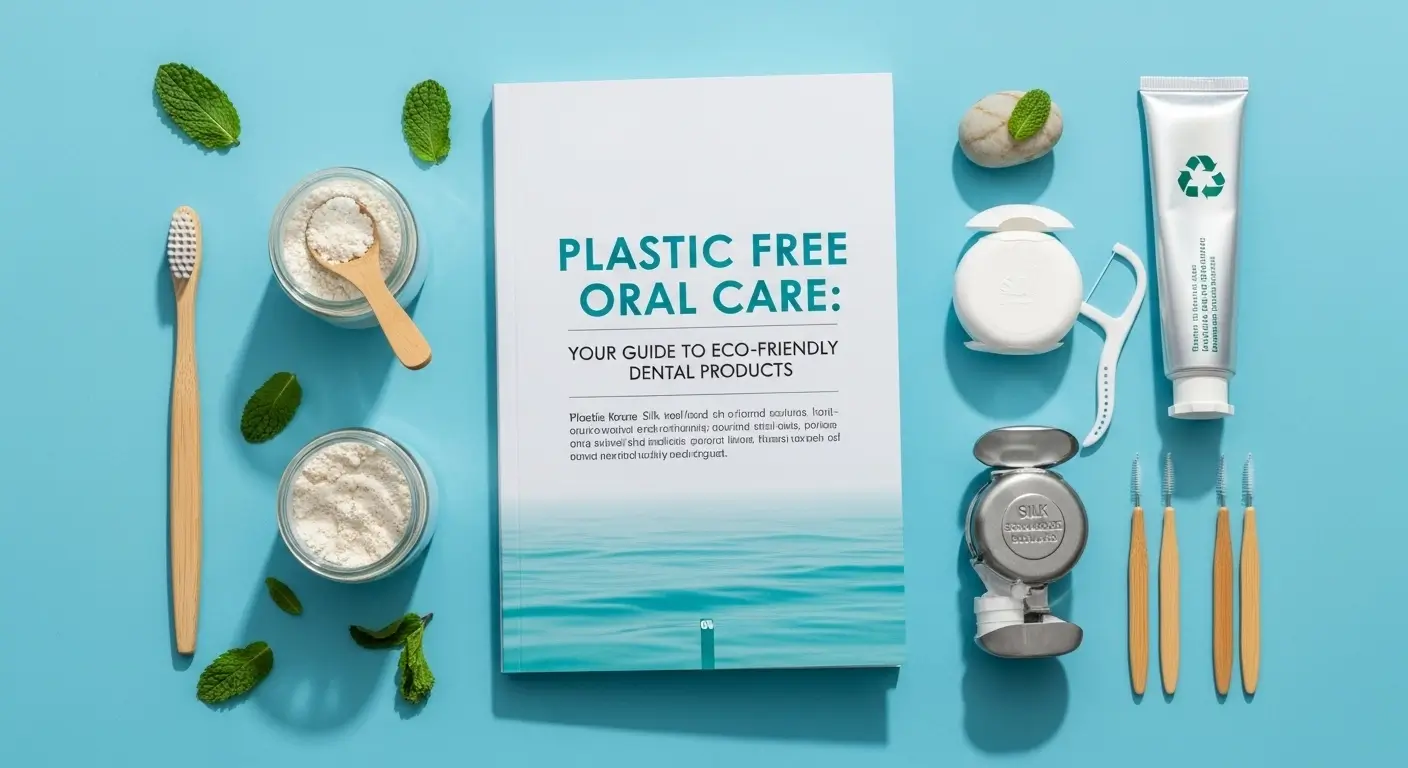
Introduction
Every morning and night, millions of people around the world follow the same routine brushing, flossing, and rinsing. What most of us don’t realize is how much plastic waste this simple routine generates. From disposable toothbrushes to toothpaste tubes, our daily oral care products contribute massively to landfills and ocean pollution.
Switching to plastic-free oral care is one of the easiest ways to protect your health and the planet. This guide will walk you through why it matters, what alternatives you can choose, and how to build a sustainable, eco-friendly dental routine without compromising your oral health.
The Problem with Plastic in Oral Care
Traditional oral care products are designed for convenience not sustainability. A plastic toothbrush, for example, can take over 400 years to decompose. With more than 3.5 billion toothbrushes discarded every year globally, the environmental impact is staggering.
Toothpaste tubes, often made from mixed plastics and aluminum, are also non recyclable. These products contribute to microplastic pollution, harming marine life and entering the food chain. It’s a clear reminder that our dental health shouldn’t come at the cost of the planet’s health.
What Does “Plastic-Free Oral Care” Mean?
Plastic-free oral care simply means using products made without plastic components or packaging. These items are typically made from biodegradable, recyclable, or reusable materials such as:
- Bamboo (for toothbrush handles)
- Glass (for toothpaste jars or floss containers)
- Stainless steel or copper (for tongue cleaners)
- Compostable packaging instead of plastic wraps
When a product says it’s eco-friendly or sustainable, make sure to look for certifications like FSC (Forest Stewardship Council) or Certified Compostable labels to ensure authenticity.
Eco-Friendly Alternatives to Common Dental Products
1. Toothbrushes
Replace plastic toothbrushes with bamboo toothbrushes that have biodegradable handles. Some brands also offer recyclable nylon bristles or castor oil based bristles for a fully sustainable option.
2. Toothpaste
Traditional toothpaste tubes create millions of tons of waste every year. Instead, switch to:
- Toothpaste tablets (compact, travel friendly, and waste free)
- Tooth powder made from natural ingredients like charcoal or clay
- Toothpaste in glass jars with refill options
3. Floss
Most flosses are made from nylon and coated with synthetic wax. Go for silk floss or corn fiber floss packaged in glass refillable containers gentle on gums and the environment.
4. Mouthwash
Plastic bottles and harsh chemicals are out; mouthwash tablets or concentrated glass bottled mouthwash are in. These options are equally effective and last longer while using less packaging.
5. Tongue Cleaners
Instead of disposable plastic scrapers, try stainless steel or copper tongue cleaners. They last for years, resist bacteria, and provide better hygiene.
Benefits of Switching to Plastic Free Dental Products
The benefits go far beyond sustainability:
- Reduced waste: Every eco-friendly swap keeps plastic out of oceans and landfills.
- Healthier choice: No exposure to BPA, phthalates, or microplastics.
- Cost effective: Reusable and refillable options save money in the long run.
- Cruelty free and natural: Most eco brands avoid animal testing and use safe, plant based ingredients.
- A cleaner aesthetic: Minimal packaging and natural materials look great in your bathroom too.
How to Transition to an Eco-Friendly Dental Routine
Switching to plastic free oral care doesn’t have to happen overnight. Start small and build gradually:
- Replace your current toothbrush with a bamboo one.
- Try toothpaste tablets or natural powders next.
- Introduce eco-friendly floss or a reusable tongue cleaner.
- Look for brands offering refill programs or zero waste packaging.
- Dispose of old products responsibly recycle what you can.
Small steps lead to big impact when they’re consistent. Even one eco-friendly swap in your routine helps reduce your plastic footprint.
Common Misconceptions About Eco-Friendly Dental Products
“They’re too expensive.”
Not necessarily. While the initial cost might be slightly higher, most products (like bamboo brushes or refillable floss containers) last longer, making them cost effective over time.
“They don’t clean as well as regular ones.”
Eco-friendly dental products are just as effective sometimes even better. For example, toothpaste tablets contain the same active ingredients like fluoride and calcium that strengthen enamel and prevent cavities.
“It’s hard to find these products.”
With sustainability becoming mainstream, most major dental and online stores now stock eco-friendly oral care options.
The Role of Dentists in Promoting Sustainable Oral Care
Dentists are increasingly recognizing their role in promoting eco conscious habits. Many dental clinics now use biodegradable cups, eco-friendly gloves, and recyclable packaging for dental tools.
Dentists can also educate patients about sustainable alternatives, guiding them to choose products that support both oral and environmental health. A collaborative effort between dental professionals and consumers can create a major shift toward a greener future.
Conclusion
Sustainable oral care is not just a trend it’s a responsibility. By switching to plastic-free dental products, you contribute to a cleaner planet while maintaining a healthy, confident smile.
The transition is simple: start with one product, make mindful choices, and inspire others to do the same. Together, small daily habits can have a massive positive impact for your teeth, your health, and the environment.


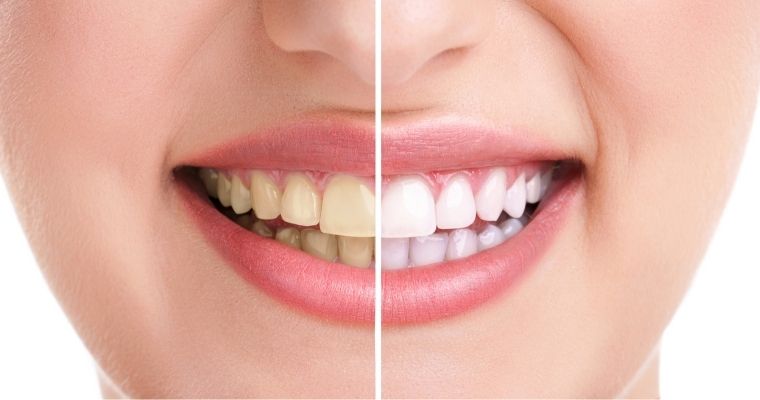
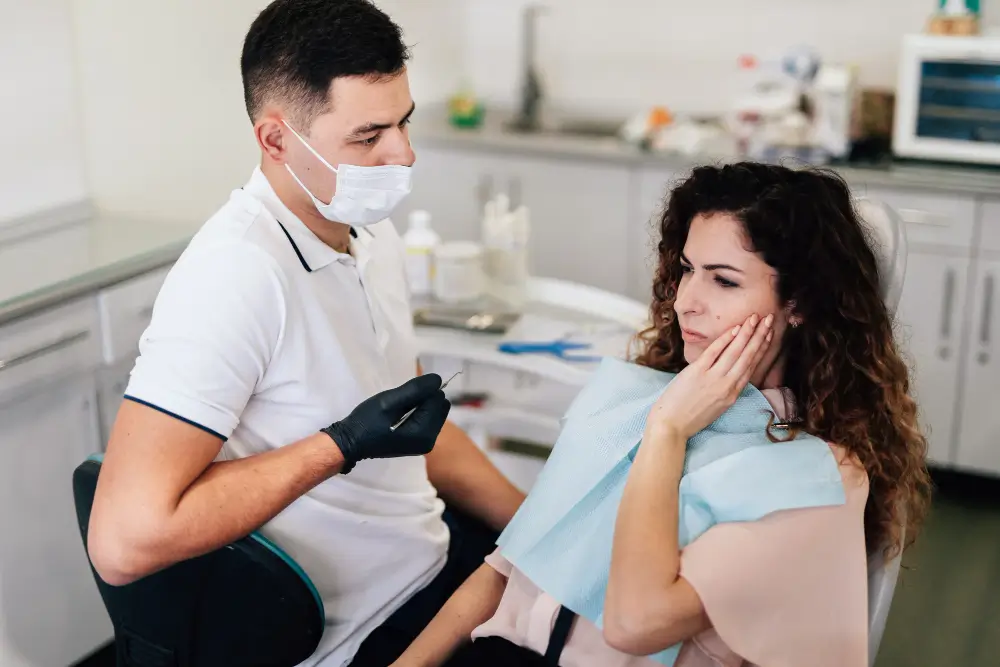
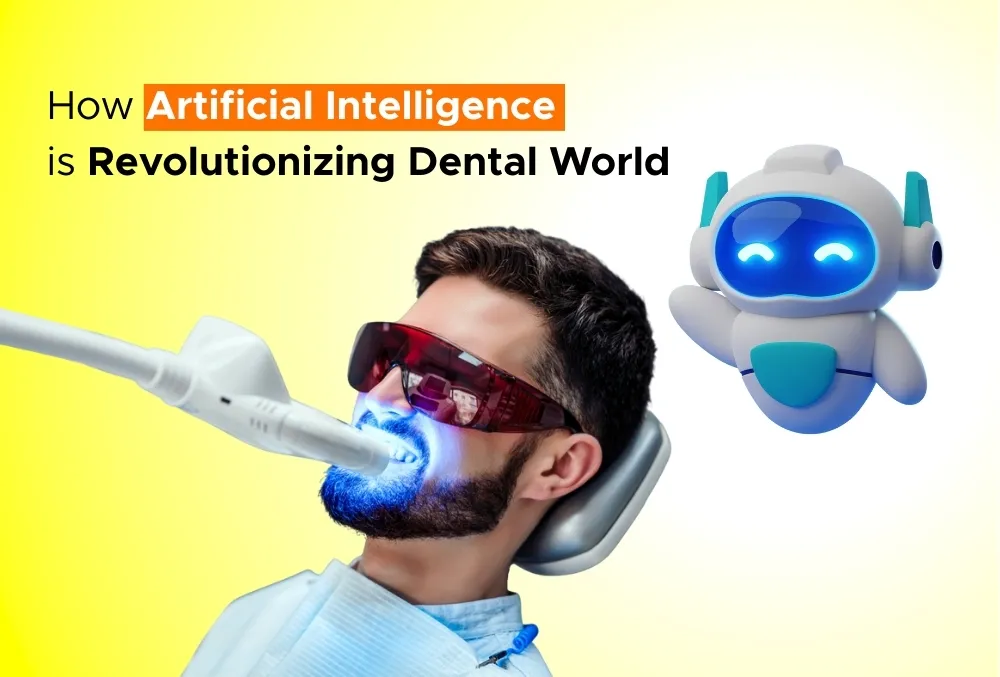
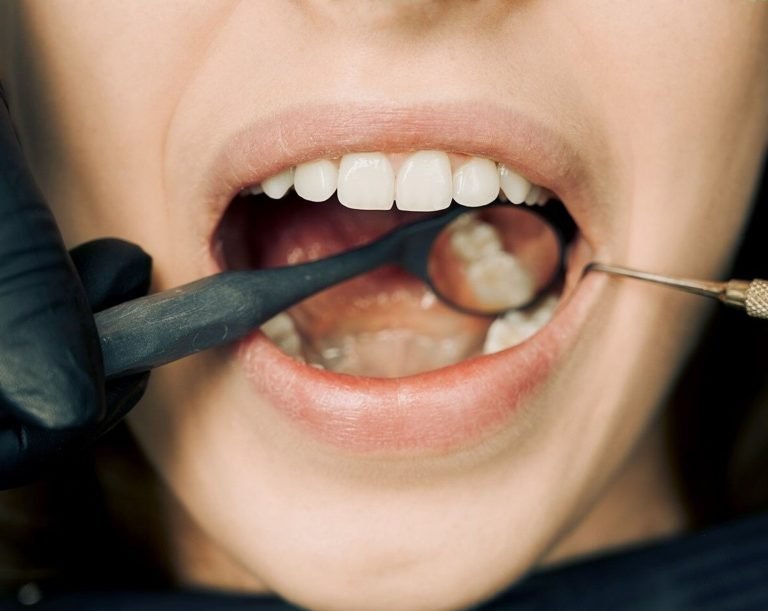
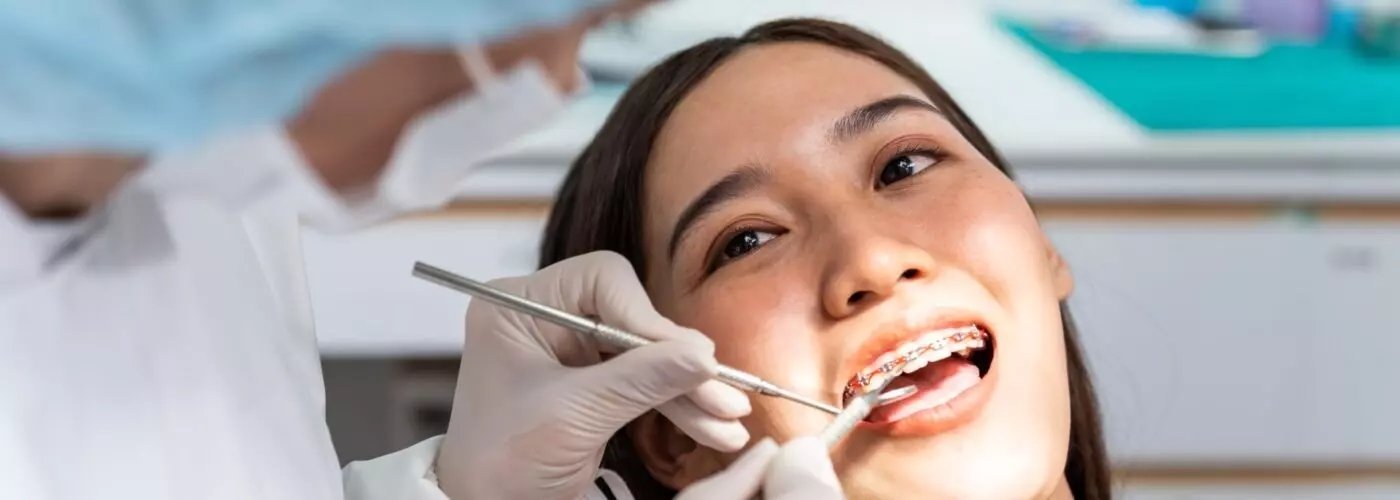
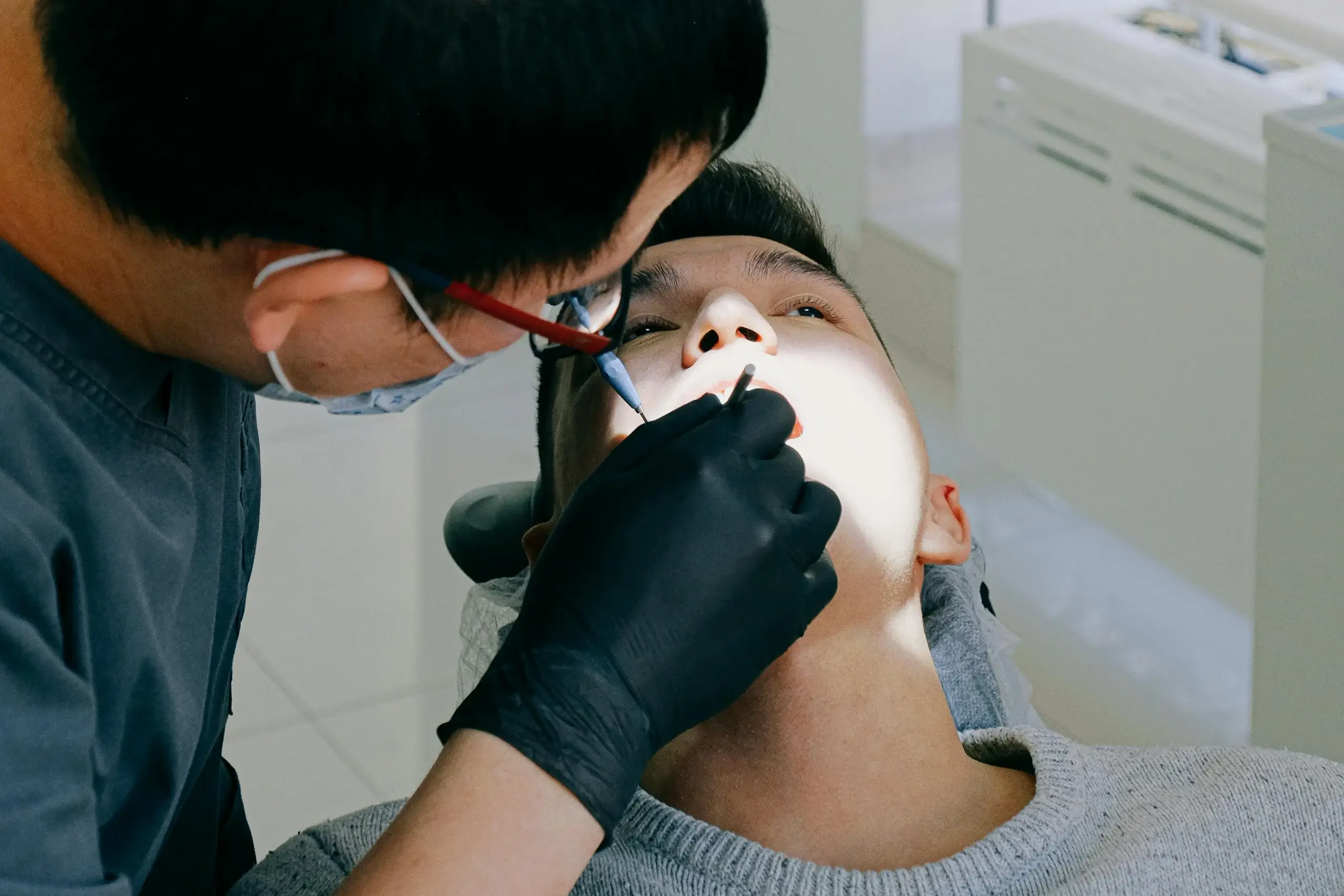
Leave a Reply